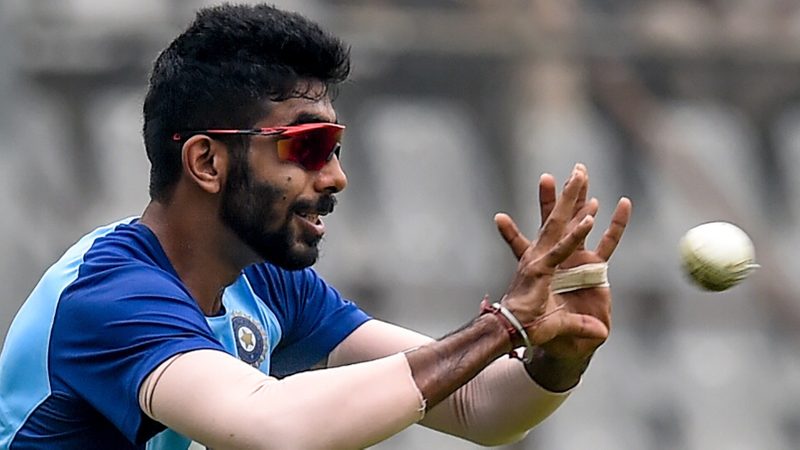
After a short break since the Indian T20 League final, cricket is back with one of its most tantalising rivalries as India head to Australia to play three ODIs, three T20Is and four Tests.
While both teams are laced with talent from top to bottom, there are a few players that I believe will stand out to be the difference between the respective sides.
So, ahead of the first ODI, here are four players I will watch closely on during the tour:
Australia – Aaron Finch
The Australian skipper is coming off a tame Indian T20 League campaign, where he managed just 268 runs in 12 matches with just one 50 and a pretty poor average of 22.33. He will have to put that behind him quickly and focus on the ODI series, where he and opening partner David Warner hold the key against a very strong Indian bowling lineup.
Interestingly, Aaron Finch has had a decent year with the bat in ODIs. Starting with an incredible century at the Wankhede Stadium, Finch has since scored three more fifties in nine matches. He has scored 424 in 10 matches in 2020 at an average of 47.11 and although it seems effective, his strike rate of 77.23 simply won’t cut it against India’s star-studded batting line-up.
Hence, while Finch, the captain, is obviously crucial to Australia's chances in the limited-overs format, his form with the bat remains a worry against one of the best white-ball teams on the planet.
India – KL Rahul
When in full flow, KL Rahul is a joy to watch. And it was thoroughly evident in the recently-concluded Indian T20 League season where he finished as the top scorer with 670 runs from 14 matches. Rahul is quickly establishing himself as one of the best white-ball batsmen on the planet and this tour, I believe, will be a litmus test for him.
So far, he’s played just 32 ODIs and has scored 1239 runs at an average of 47.65 and a strike rate of 87.07. He was brilliant in his last ODI innings against New Zealand, where he smashed 112 off 113 balls in New Zealand, just six days after a sensational 88 off 64. Rahul can be the anchor as well as the aggressor and in Rohit Sharma's absence, the onus will be on him to stead India’s mast. Will he step up and cement his spot in the team once and for all? We shall see.
Australia - Marnus Labuschagne
Since making his debut against India earlier this year Marnus Labuschagne has played 10 ODI matches for Australia, scoring 394 runs with a respectable average of 43.78 and a decent strike rate of 88.94.
However, barring his century against South Africa at Senwes Park in March, the rookie is yet to have a signature moment. Having failed to score at least 50 only once in his six outings with the bat, Labuschagne has first become a big part of the Australian Test setup. And the team management is now banking on him to replicate the form and consistency in ODIs as well.
This series will be a stern test for Labuschagne against that Indian bowling line-up and it will be intriguing to see if he can step up, embrace the challenge and deliver for his side.
India – Jasprit Bumrah
As a former fast bowler, Jasprit Bumrah excites me. But as an Australian, he scares me. There is no doubt that Jasprit Bumrah will be India's biggest threat for Australians not only in the ODI series but the T20Is and Test series as well.
He had come into the Indian T20 League at the back of a lengthy lay-off from injury and his struggle was evident in the early stages of the season. But, somewhere in the midseason, Bumrah found his footing and there was no stopping him after that. With 27 wickets to his name, Bumrah had one of his most prolific seasons in the Indian T20 League, but what stands out is his economy rate - 6.73.
This was the third-straight season, where his economy was under seven runs an over, which is simply baffling for someone who is a regular in the powerplay and death overs. He can pick wickets with the new ball, he can deal damage in the middle overs and he’s among the best at the death. Limiting his damage will be the key for Australia in all the three formats but even if they try, it may not be enough. He simply is that good.
Feature image courtesy: AFP / Punit Paranjpe



























